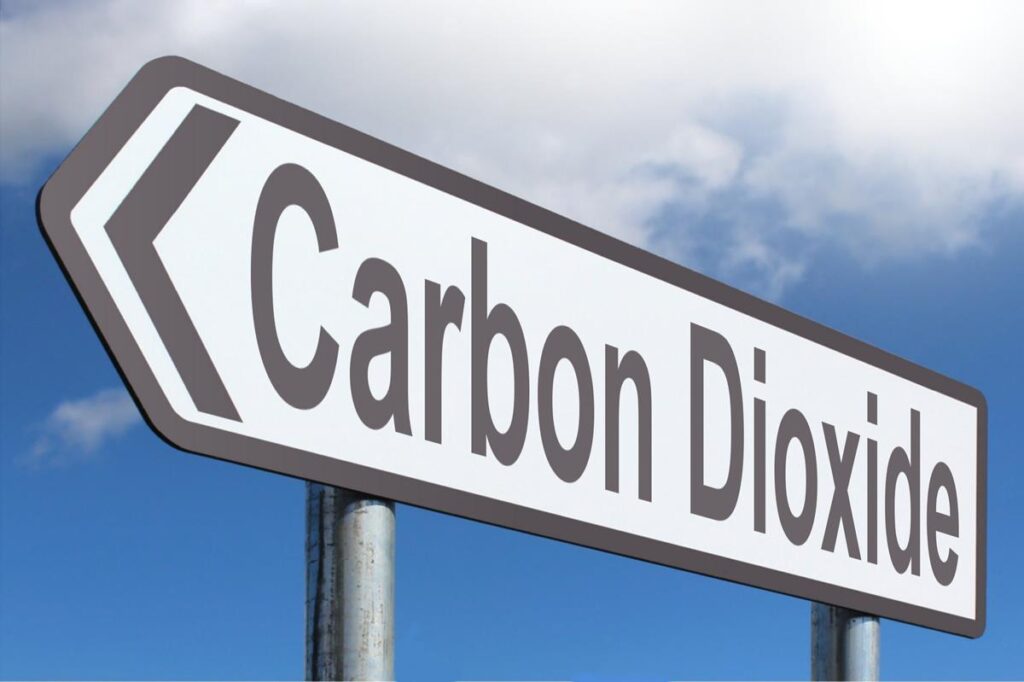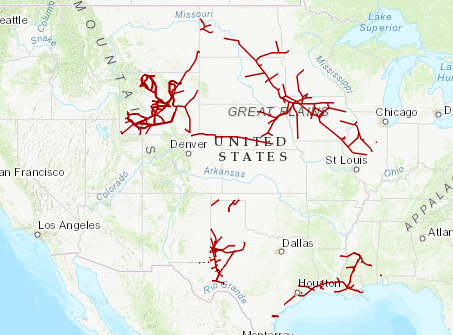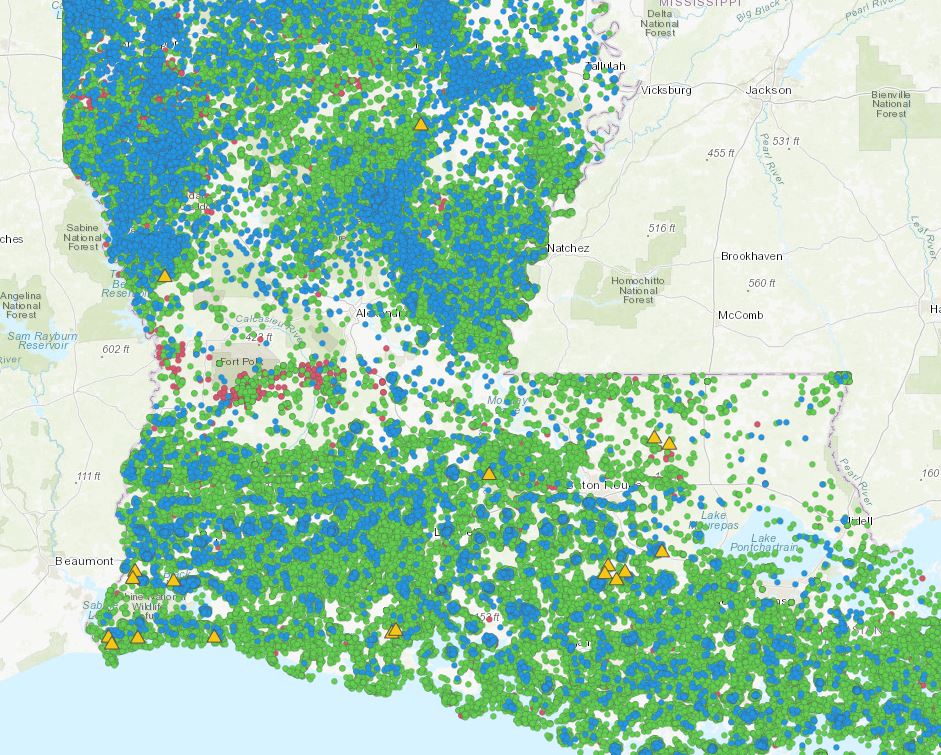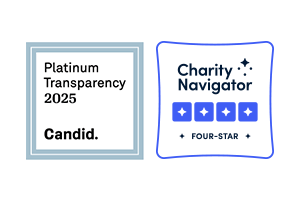Carbon Capture, Use, and Sequestration

Carbon capture and sequestration (CCS) is a major focus of industrial efforts to mitigate their contribution to global climate change. The federal government has allocated billions of dollars to subsidize this expensive and controversial technology in an attempt to make it economically viable. In theory, the process captures carbon dioxide (CO2) from industry and injects it into underground rock or salt water formations, permanently removing the gas from the atmosphere. But there are very good reasons to remain skeptical about whether sequestered carbon will remain out of the atmosphere in the long term. One reason is that the laws and regulations governing the technology are still being developed, and the existing framework is too weak to ensure that large-scale sequestration projects – which will be heavily subsidized by US taxpayers – will deliver on the carbon reductions they promise.
Communities across the US are facing an increasing number of proposals from large oil, gas, petrochemical, and power companies to capture, transport, and inject carbon underground, either to store it or to use it extract more oil and gas. The Environmental Integrity Project has prepared several mapping tools, reports, fact sheets, articles, and a compilation of public records to inform communities, the public, and decision-makers about the risks of carbon capture, use, and sequestration and gaps in current laws and regulations that govern it.
Existing and proposed CO2 pipelines in the US
This tool maps known and available routes of existing and proposed CO2 pipelines in the U.S. and generates demographic and community-level information, such as the number of urban areas or federal tribal areas, within two miles of the pipeline route. Communities within this distance of a CO2 pipeline may be at risk if a pipeline leaks or ruptures. This tool also incorporates data from EPA’s Environmental Justice Screening Tool (EJScreen) and the Climate and Economic Justice Screening Tool (CEJST).
Accurate route information is difficult to obtain because of federal policies that restrict disclosure out of concern for national security, the fragmented regulation of pipelines across state and federal agencies, and time lags between when pipelines are announced and when route information becomes available. The routes in this tool come from digitization of company publications, geospatial files from state agencies, and other public information. EIP analysts update it as new information becomes available.
Abandoned oil and gas wells and the risk of CO2 leakage
In order for a CCS project to mitigate climate change and avoid contaminating drinking water aquifers, injected CO2 must stay underground. One of the most likely CO2 escape routes is old oil and gas wells that penetrate a CO2 storage reservoir. EIP has teamed up with researchers Dominic DiGiulio and Robert Rossi to evaluate the threat of leakage through abandoned wells, both nationally and with a specific focus on Louisiana – the state with the most pending CCS permit applications in the country.
As described in detail in the reports linked below, there are millions of abandoned wells in the United States. The threat they pose to carbon sequestration depends on a number of factors, including well location, well depth, and the well plugging procedures used. In Louisiana, there are at least 180,000 abandoned wells, including over 28,000 unplugged abandoned wells. More than 120,000 of these abandoned wells are located over potential CO2 storage areas. For many of these, information about depth is unavailable, but it appears that there are at least 1,200 abandoned wells that penetrate potential CO2 storage areas, creating a direct pathway for leakage.
As the DiGiulio report makes clear, even plugged wells leak to some degree. The goal for regulators must be minimizing leakage to the maximum extent possible by:
- Setting firm limits on how much long-term leakage is acceptable (e.g., less than 1% over 1,000 years),
- Finding and remediating all abandoned wells that might interact with a CO2 storage formation, and
- Monitoring and quantifying leakage over time.
U.S. EPA guidance on CCS permitting recommends that all unplugged or poorly plugged wells near a CCS storage area, and all wells with insufficient information about plug integrity, be re-plugged. This is common sense. To help the public identify the documented abandoned wells in Louisiana, EIP created an interactive map that allows users to select a location, select a radius around that location, and view details about the abandoned wells in that area, including plug status and depth information (where available). A series of fact sheets present statistics for abandoned wells within a 2.5-mile radius of each known proposed CCS injection well location.
Web map: Louisiana abandoned wells
Webinar: Risks of CO2 Leakage from Geological Reservoirs and Pipelines
Oil & Gas Watch Database
Oil & Gas Watch is a free, public database of new and expanding oil, gas, and petrochemical projects in the US. Many of the same companies and facilities tracked in this database are also proposing carbon capture, use, and sequestration projects that they claim will offset new sources of emissions. EIP tracks oil, gas, and petrochemical sites that have announced plans to capture carbon from their facilities, proposed pipelines that will take captured carbon to either an oil field or storage site, and underground sequestration locations. This CO2 infrastructure is planned to run through many communities that are already overburdened with oil, gas, and petrochemical production and the pollution it releases.
Publications
Report: Flaws in EPA’s Monitoring and Verification of Carbon Capture Projects (Dec. 2023)
Fact Sheets: Abandoned wells near proposed CCS injection wells in Louisiana
Fact Sheet: Carbon Capture and Storage in Louisiana (Dec. 2023)
Fact Sheet: Carbon Capture and Storage in Texas (April 2024)
Article: Direct air carbon capture sets up shop in the oilfields of Texas (Jan. 2023).
Image: Carbon Dioxide by Nick YoungsonCC BY-SA 3.0Alpha Stock Images




